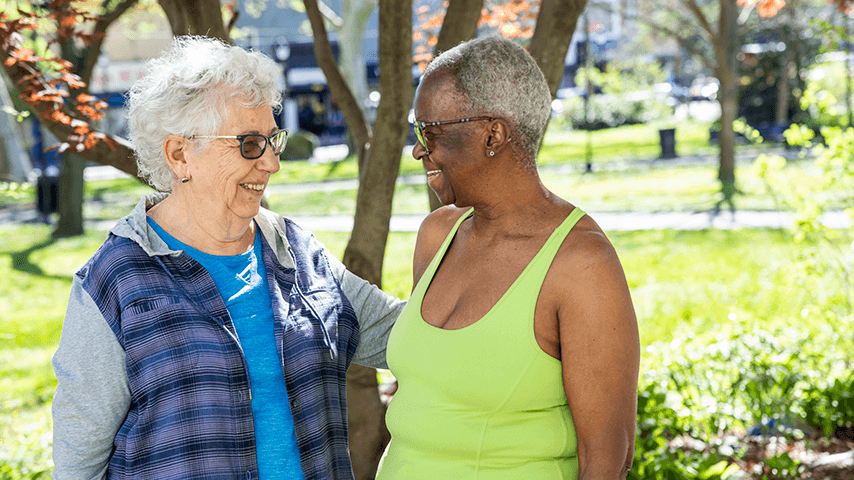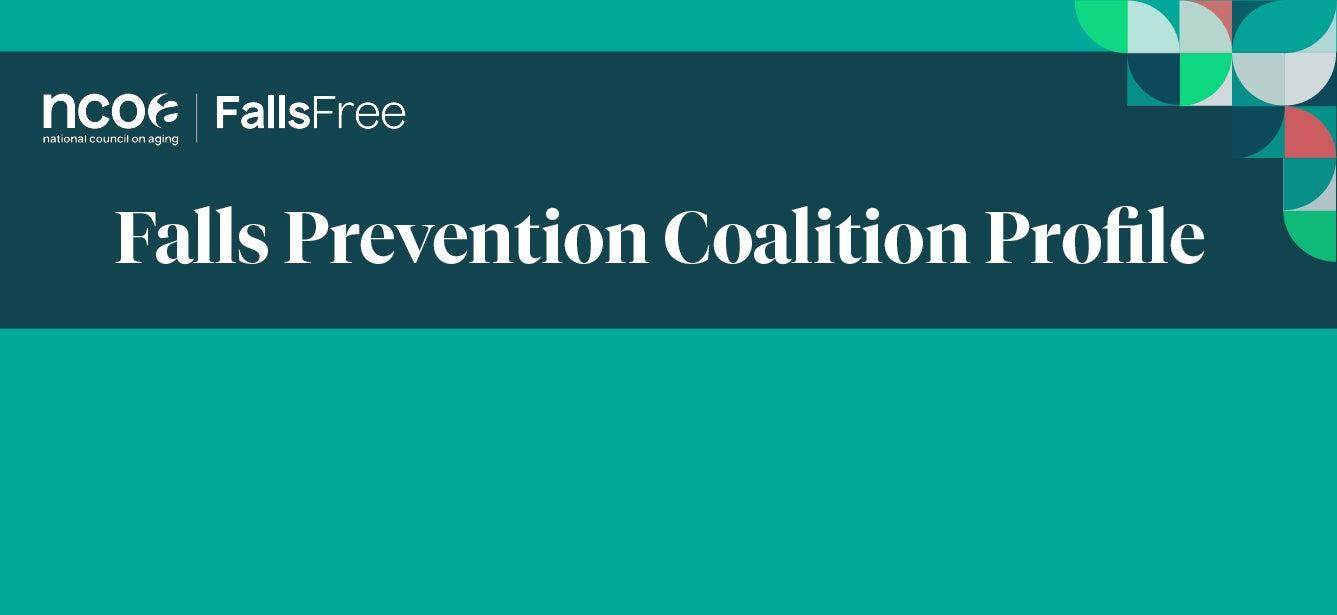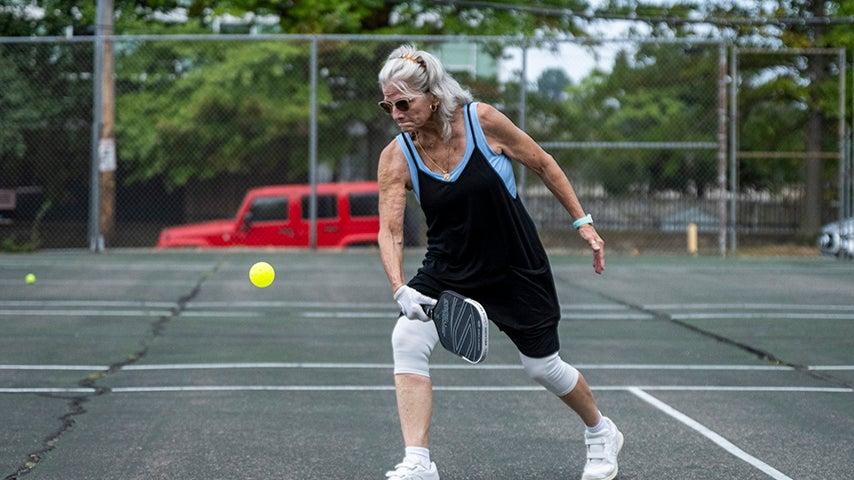
Related Topics
Why focus on falls?
Falls remain the leading cause of injury death for older Americans. Falls threaten seniors’ safety and independence and generate enormous economic and personal costs. CDC’s Injury Center monitors falls, fall-related injuries, and associated costs, reporting:
- Every second of every day, an older adult (age 65+) falls in the U.S. 1
- More than one-fourth of Americans aged 65+ falls each year. 1
- Falls result in more than 3 million injuries treated in emergency departments annually, including over 800,000 hospitalizations and more than 32,000 deaths. 2
- Each year about $50 billion is spent on medical costs related to non-fatal fall injuries and $754 million is spent related to fatal falls. 3
In addition to pain and suffering, and the high cost of rehabilitation, falls with or without injury also carry a heavy quality of life impact. A growing number of older adults fear falling and, as a result, often self-limit activities and social engagements. Resulting limitations can result in further physical decline, depression, social isolation, and feelings of helplessness. This potentially bleak future for aging Americans is not inevitable; evidence-based interventions that target individual risk factors for falling have been shown to reduce falls and promote falls self-efficacy.
National Action Plan
The 2015 Falls Free® National Action Plan is a blueprint describing what should be done to reduce the growing number of falls and fall-related injuries among older adults. This updated plan is the product of key recommendations and strategies collected during the Falls Prevention Summit, a White House Conference on Aging event held in April 2015. The Falls Free® National Action Plan envisions older adults experiencing fewer falls and fall-related injuries, maximizing their independence and quality of life. The plan is a call to action, a way to initiate collaboration among multiple stakeholders, and a guide for implementing an effective, coordinated approach to preventing older adults’ falls. The plan recommendations can be implemented by stakeholders to create a collaborative, comprehensive, and coordinated effort to reduce falls among older adults.
Falls Free® Coalition
At the time of the Plan’s release, there was insufficient funding to mount a national campaign to promote action on its 36 strategies. In recognition of participant enthusiasm for promoting this work, the Falls Free® Coalition was created as a loose-knit organization of summit attendees and their organizations, charged with working toward the progress of one or more of the strategies that resonated with their organizational missions. Since its inception, the coalition has grown to 70 organizational members. Since 2005, the Plan and Falls Free® Coalition activities have been serving as resources and catalysts for action. The Plan has been used to support grant and research applications and funding of community-based falls prevention programs. It served as the guiding document for state and local falls prevention coalitions and as the basis of the Safety of Seniors Act of 2007, now PL 110-202.
In recognition of the growing momentum in falls prevention and the broad dissemination of the Plan, and with the support of the Archstone Foundation, NCOA set out to measure the Plan’s impact by assessing progress over each of the 36 strategies. The full report, Making a Difference, assessed achievements to date, but more importantly identified gaps in progress that will assist NCOA and the Falls Free® Coalition to develop future initiatives. Although progress across the 36 strategies was uneven, several important contributions were noted. The National Advisory Panel met in 2008 to consider the progress report, deliberate new opportunities, and make recommendations for next steps.
National Falls Prevention Awareness Week
Every September on the first day of fall, the Falls Free® Initiative promotes National Falls Prevention Awareness Week. States are encouraged to host and promote falls prevention education and screening activities to raise awareness about the impact of falls among older adults and offer practical falls prevention solutions.
In 2008, the Falls Free® State Coalitions and Falls Prevention Workgroup requested that a national Falls Prevention Awareness Day be observed on the first day of fall; four state falls prevention coalitions had already observed FPAD on a state level in 2007. In response, the National Advocacy Workgroup gained bipartisan sponsorship of the first annual National Falls Prevention Awareness Day (FPAD) resolution in the U.S. Senate and has obtained bipartisan sponsorship every year since then. The number of states observing FPAD grew from 4 in 2007 to 11 in 2008, 22 in 2009, 36 in 2010, 43 in 2011, 46 in 2012, 47 in 2013, 48 in 2014, and 48 in 2015, plus the District of Columbia. Each year, NCOA provides technical assistance and resources to aid states and communities in observing this important public health campaign.
The one day observation expanded to a full week in 2020 and is now known as National Falls Prevention Awareness Week.
Coalition Workgroups
One significantly effective strategy has been the creation of three Falls Free® Coalition Workgroups convened to address specific strategies within the Plan. They include the following:
- The Advocacy Workgroup is the longest serving. It was largely responsible for the passage of PL 110-202 and has been actively advocating for appropriate levels of funding for the law. It also is responsible for increasing the falls prevention funding level for the National Center for Injury Prevention and Control. The workgroup promoted the annual National Falls Prevention Awareness Week Proclamations from the U.S. Senate beginning in 2008.
- The Home Safety Workgroup, comprised of home safety and modification experts, conducted a national search of home safety programs and published Creative Practices in Home Safety Assessment and Modification Study in 2008.
- The State Coalition Workgroup was established in fall 2006 and is comprised of coalition leaders from 42 states who are working together to promote effective state strategies to address falls. This workgroup helped NCOA develop an online resource for other states interested in building a statewide coalition to reduce falls and related injuries among older adults. This resource has been useful in promoting the development and sustainability of state coalitions. The State Coalitions Workgroup has two active committees:
- Awareness and Advocacy, which is working to bring greater awareness to the issue and share creative ideas and strategies for policy and legislative initiatives.
- Evaluation, which designed and launched a recommended set of evaluation strategies to more effectively measure impact and facilitate cross-state comparisons.
Future Activities
Much of the Falls Free® Initiative’s recent work has focused on linking national coalition members with state and regional chapters to their state coalitions and helping states achieve sustainability through regulatory and policy change. We continue to explore opportunities for leveraging this work, capitalizing on the momentum and bringing awareness to the issue. Future efforts will focus on making the case for investment in programs and services, promoting basic professional competencies in falls prevention, and bringing programs and services to communities across the country.
Sources
1. Centers for Disease Control and Prevention, Keep on Your Feet-Preventing Older Adult Falls. Found on the internet at https://www.cdc.gov/injury/features/older-adult-falls/index.html
2. Centers for Disease Control and Prevention, Important Facts about Falls. Found on the internet at https://www.cdc.gov/homeandrecreationalsafety/falls/adultfalls.html
3. Centers for Disease Control and Prevention, Cost of Older Adult Falls. Found on the internet at https://www.cdc.gov/homeandrecreationalsafety/falls/data/fallcost.html



